It can be fun to breed your own zinnias - Part 19
zen_man
11 years ago
Related Stories

PETSWhat Chihuahuas Can Teach Us About Interior Design
Who knew these tiny dogs could be such a huge fount of design tips? Houzzers did
Full Story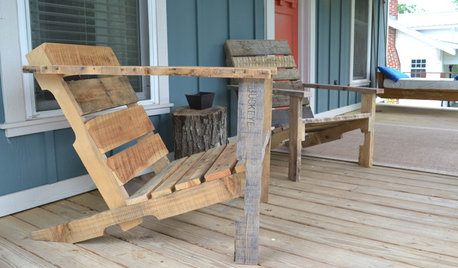
WOODWORKINGBuild Your Own Wooden Deck Chair From a Pallet — for $10!
Take the ecofriendly high road with a low-cost outdoor chair you make yourself
Full Story
DOORSKnow Your House: Interior Door Parts and Styles
Learn all the possibilities for your doors, and you may never default to the standard six-panel again
Full Story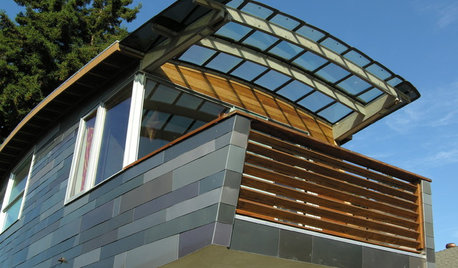
HOME INNOVATIONSHouzz Tour: Meet a Home Made With Minivan Parts
Sawn-off car roofs for the siding, windows popped out of van doors ... this California home is as resourceful as it is beautiful
Full Story
HOUZZ TVHouzz TV: This Dream Midcentury Home in a Forest Even Has Its Own Train
Original wood ceilings, a cool layout and, yes, a quarter-scale train persuaded these homeowners to take a chance on a run-down property
Full Story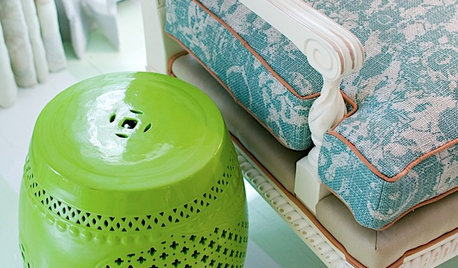
DECORATING GUIDESThe Most Helpful Furniture Piece You May Ever Own
Use it as a table, a seat, a display space, a footrest ... and indoors or out. Meet the ever-versatile Chinese garden stool
Full Story
INSPIRING GARDENSWhat We Can Learn From Longwood Gardens’ New Meadow
Sustainability, ecology, native plant communities ... this public garden is brimming with lessons on horticulture for home gardeners
Full Story
BUDGET DECORATINGThe Cure for Houzz Envy: Living Room Touches Anyone Can Do
Spiff up your living room with very little effort or expense, using ideas borrowed from covetable ones
Full Story
HOUSEKEEPINGAnother Independence Day: When Kids Can Do Their Laundry
Set yourself free and give your child a valuable life skill at the same time
Full Story
GREAT DESIGNERSCan You Match These Faces With Their Famous Designs?
Architects' portraits are less familiar than their iconic designs, but take a good look — you might see a connection
Full Story





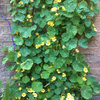
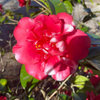
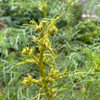
zen_manOriginal Author
ladyrose65
Related Professionals
Owings Mills Landscape Architects & Landscape Designers · Canton Landscape Contractors · Manchester Landscape Contractors · Tempe Landscape Contractors · Fuquay-Varina Landscape Contractors · Goodlettsville Landscape Contractors · Oak Forest Landscape Contractors · Morgan Hill Driveway Installation & Maintenance · Benton Decks, Patios & Outdoor Enclosures · Inwood Decks, Patios & Outdoor Enclosures · Monroe Decks, Patios & Outdoor Enclosures · Paradise Valley Decks, Patios & Outdoor Enclosures · Pittsburgh Decks, Patios & Outdoor Enclosures · Urbana Decks, Patios & Outdoor Enclosures · Wentzville Decks, Patios & Outdoor Enclosureszen_manOriginal Author
ladyrose65
zen_manOriginal Author
chloeasha
zen_manOriginal Author
chloeasha
jackier_gardener
lucillle
ladyrose65
zen_manOriginal Author
ladyrose65
zen_manOriginal Author
ladyrose65
vikingcraftsman
zen_manOriginal Author
chloeasha
vikingcraftsman
zen_manOriginal Author
zen_manOriginal Author
chloeasha
zen_manOriginal Author
ladyrose65
Gerris2 (Joseph Delaware Zone 7a)
zen_manOriginal Author
zen_manOriginal Author
Gerris2 (Joseph Delaware Zone 7a)
zen_manOriginal Author
Gerris2 (Joseph Delaware Zone 7a)
zen_manOriginal Author
Gerris2 (Joseph Delaware Zone 7a)
zen_manOriginal Author
Gerris2 (Joseph Delaware Zone 7a)
zen_manOriginal Author
MandyRose9
Desirai
zen_manOriginal Author
Desirai
zen_manOriginal Author
zen_manOriginal Author
Gerris2 (Joseph Delaware Zone 7a)
zen_manOriginal Author
Gerris2 (Joseph Delaware Zone 7a)
zen_manOriginal Author
Gerris2 (Joseph Delaware Zone 7a)
vikingcraftsman
zen_manOriginal Author
ladyrose65
zen_manOriginal Author